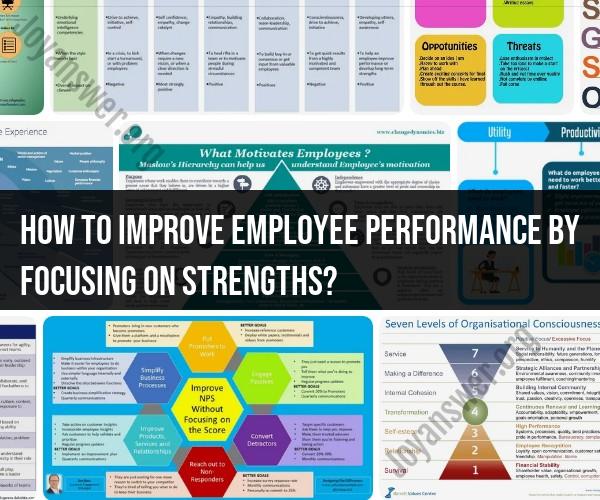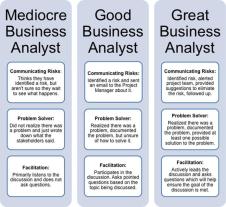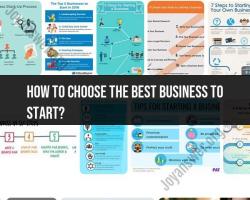How to improve employee performance by focusing on strengths?
Improving employee performance through strengths-based approaches involves identifying and leveraging an employee's unique strengths, talents, and abilities to enhance their contributions to the organization. Here's a step-by-step guide on how to implement such an approach:
1. Identify Employee Strengths:
- Start by assessing and identifying each employee's strengths. This can be done through various methods, including self-assessments, manager assessments, 360-degree feedback, and performance reviews.
2. Align Strengths with Job Roles:
- Match an employee's strengths with the specific requirements and responsibilities of their job role. Identify areas where their strengths can be most effectively utilized.
3. Set Clear Expectations:
- Clearly communicate performance expectations and objectives, aligning them with an employee's strengths. Make sure the employee understands how their strengths contribute to achieving these objectives.
4. Provide Ongoing Feedback:
- Offer regular, constructive feedback that highlights an employee's strengths and accomplishments. Encourage them to build on their strengths to meet organizational goals.
5. Foster a Strengths-Based Culture:
- Create a workplace culture that values and recognizes individual strengths. Encourage employees to openly discuss their strengths and how they can contribute to the team's success.
6. Offer Development Opportunities:
- Provide opportunities for employees to further develop their strengths. This can include training, mentorship, workshops, or access to resources that enhance their skills and knowledge.
7. Encourage Collaboration:
- Promote collaboration among team members to leverage their collective strengths. Encourage employees to work together on projects that align with their individual strengths.
8. Set Performance Goals:
- Work with employees to set performance goals that capitalize on their strengths. These goals should be challenging yet achievable, allowing employees to excel in their areas of strength.
9. Provide Autonomy:
- Give employees the autonomy to use their strengths to solve problems and make decisions within their areas of responsibility. Trust their judgment and decision-making abilities.
10. Recognize and Reward:
- Acknowledge and reward employees for their contributions based on their strengths. Recognize and celebrate achievements in a way that reinforces the importance of utilizing strengths.
11. Regularly Reassess and Adjust:
- Continuously reassess employee strengths and their alignment with job roles and objectives. Adjust strategies and assignments as needed to maximize performance.
12. Encourage Personal Growth:
- Support employees in their personal growth and development. This can include opportunities for further education, skill-building, or career advancement based on their strengths.
13. Monitor Progress:
- Continually monitor and track progress toward performance goals and objectives. Provide timely feedback and make any necessary adjustments to the strengths-based approach.
14. Seek Employee Input:
- Involve employees in the process by asking for their input and insights on how their strengths can be better utilized. They may have valuable suggestions for improvement.
By focusing on employees' strengths, organizations can create a more engaged and motivated workforce, leading to improved performance and greater job satisfaction. Recognizing and capitalizing on individual strengths can also foster a culture of empowerment and innovation within the organization.













